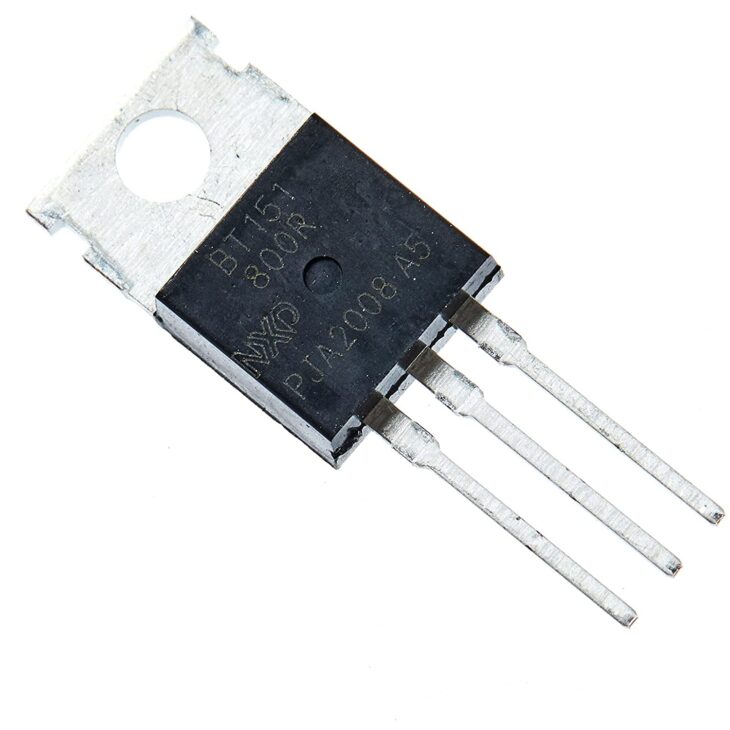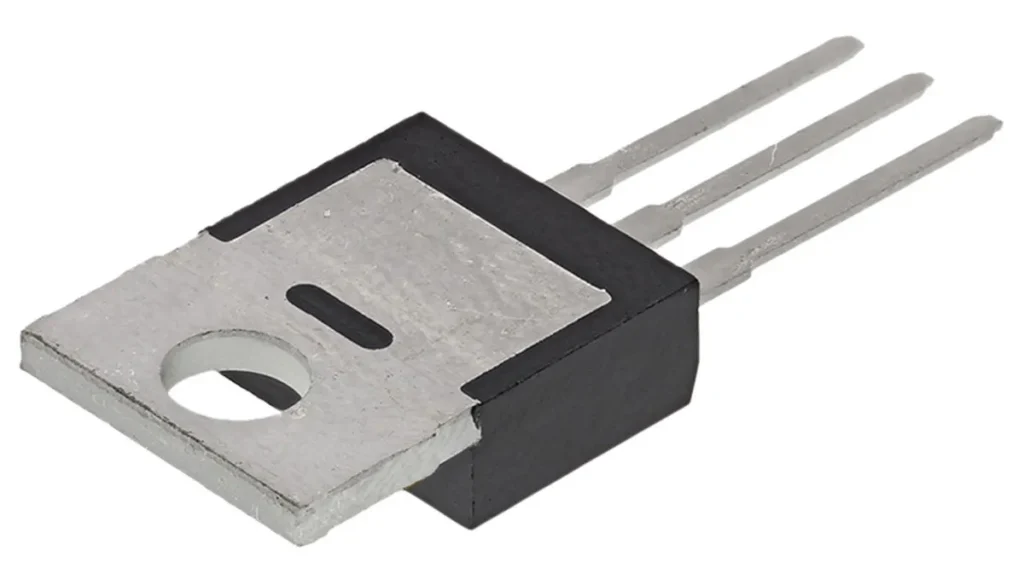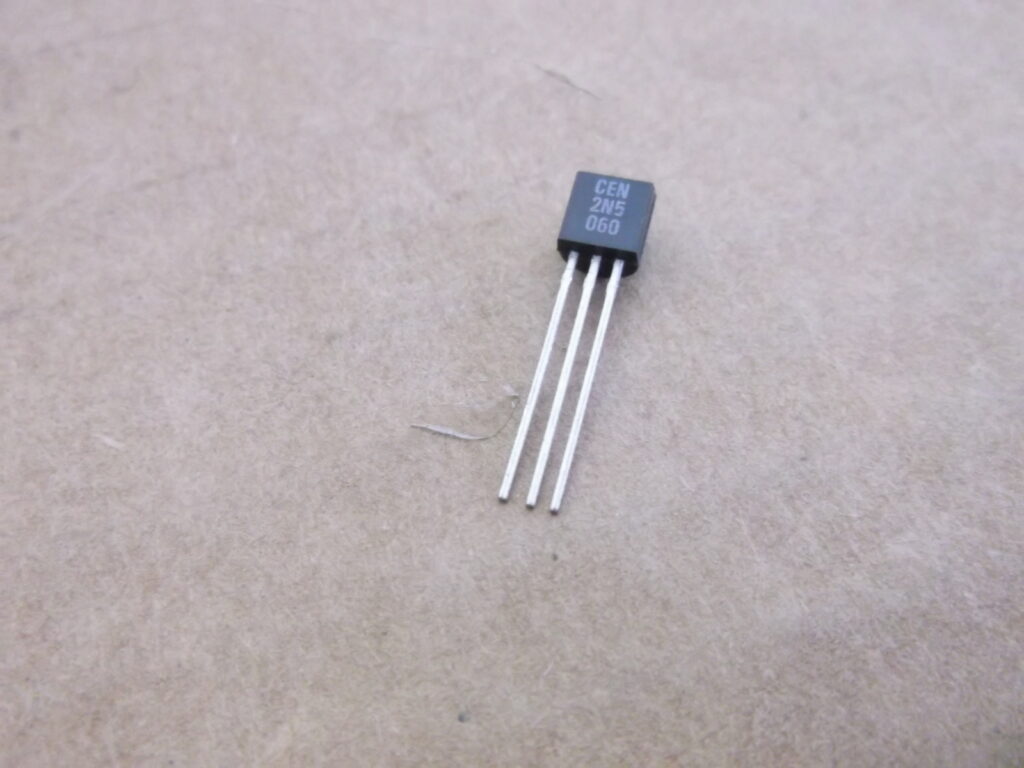
A Basic Understanding on How Thyristor Works
Understanding the term and the function of the thyristor is very important for every individual for several reasons, and since many people never actually have heard this term, we are going to discuss it in this article. In that way, you will have a clear picture of what thyristor represents and how you can benefit from them.
Transistors and thyristor

In general, transistors are very tiny electronic components that have changed the technological aspect of the world a lot. Most devices are having transistors in them such as calculators, telephones, radios, computer devices, TV devices, hearing aids, etc. Even though they are highly adaptable, they are still not able to provide everything to the user. We can use transistors for the purpose of switching tiny electrical currents on and off and in that way transform small currents into larger ones.
However, the problem occurs because they are not able to handle bigger currents. Additionally, they also turn off altogether as soon as the switching current is removed. In other words, this means that they can not be useful for devices in which you want a circuit to trigger and stay on the indefinite line which is the case for alarm devices.
Therefore, this type of job it is required some other component that can successfully handle it. At this point, we are talking about thyristor electronic component that is very connected with things like diodes, resistors, and transistors. The purpose of the thyristor is basically very reasonable and easy to understand. Many people are using one more term for thyristors and that is a silicon-controlled rectifier, so if you heard it, you should know that it is the same thing.
So what does a thyristor represent and how does it works?

As we said this is just an electronic component that has three leads – the anode is the positive terminal, the cathode is the negative terminal, and the gate. Basically, thyristors are a logical extension of those diodes and transistors.
In a thyristor, a silicon wafer is doped with 4 alternate P and N types. They are looking like two transistors that are connected back-to-back. Their goal is to produce a junction. According to how you are wiring up a diode, current will or not flow through it. In that way is the electronic equivalent of a one-way street made.
When it comes to the connection of the P-type, which is a positive connection with the N-type which is a negative connection, the diode is forward biased. In that way, electors and holes can move across the junction and create normal current flows.
On the other hand, when a positive connection of N-type is configured to the negative P-type, a diode is reverse biased. In that way, electrons and holes can not cross and there are no current flows. Now, you are understanding that it is not able for the junction diodes to connect in series. Just like is the case with a diode, a thyristor is a rectifier which means that it conducts in only one direction. If you want to create a thyristor you can just simply wire two diodes in series.
Purchasing a thyristor
There are different sources where you can find thyristors, however, it is necessary to find a reliable one such as https://www.tme.com/us/en-us/katalog/thyristors_19/